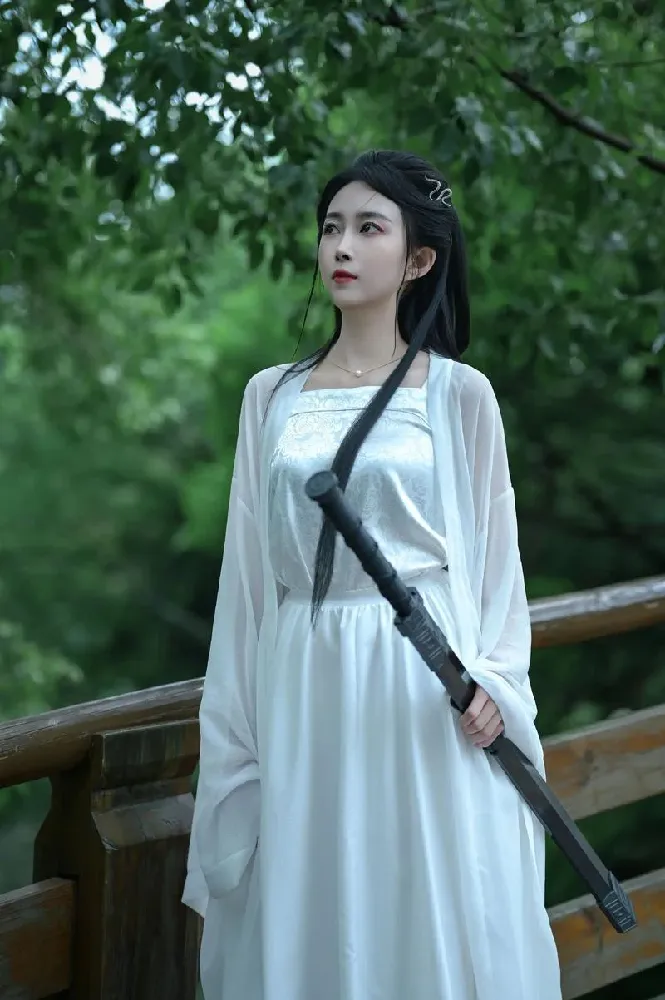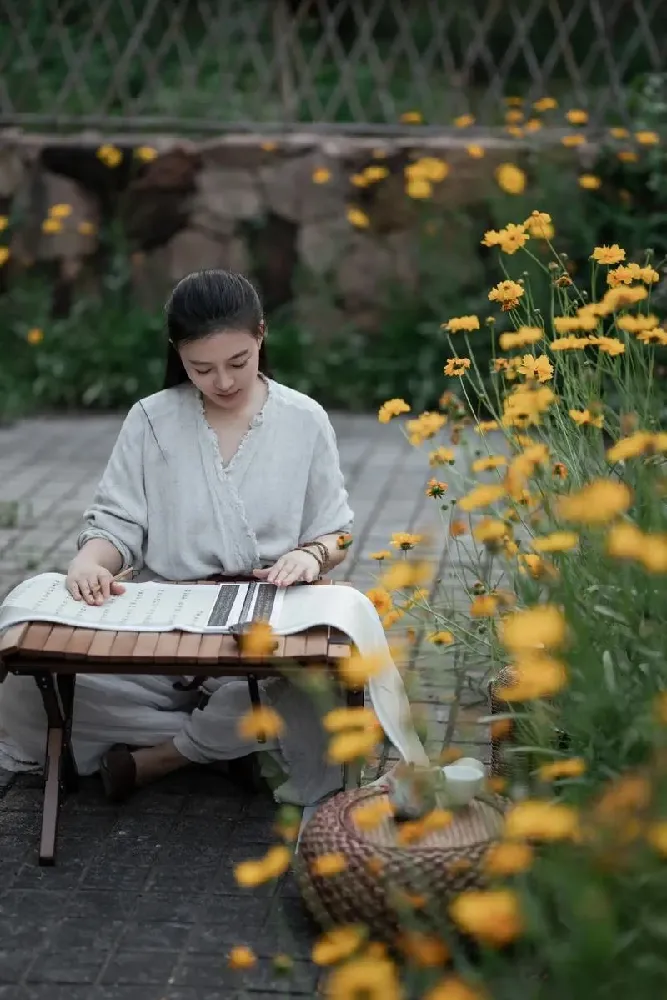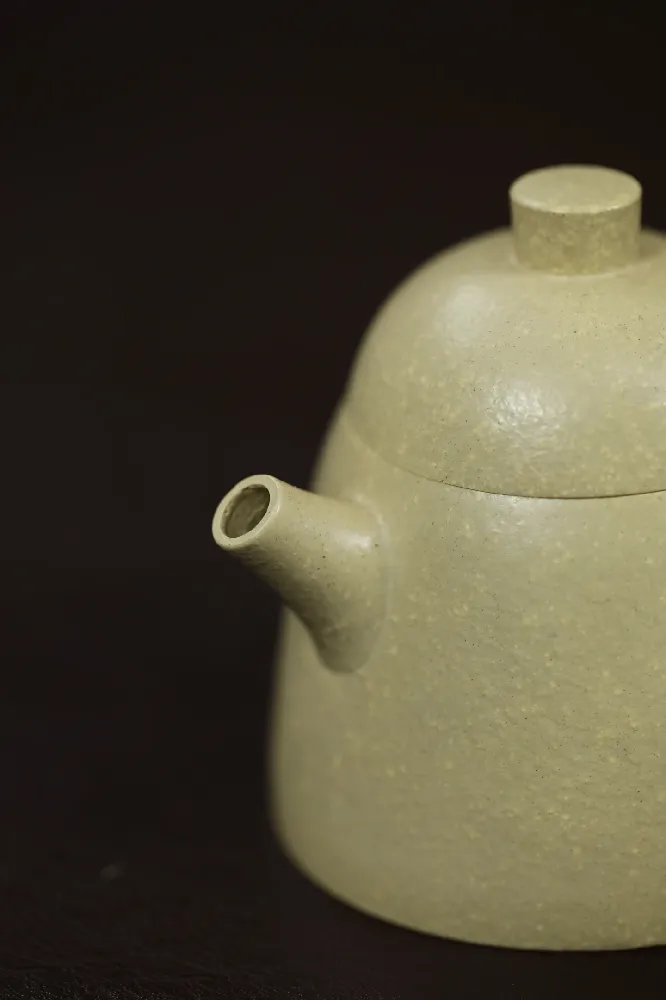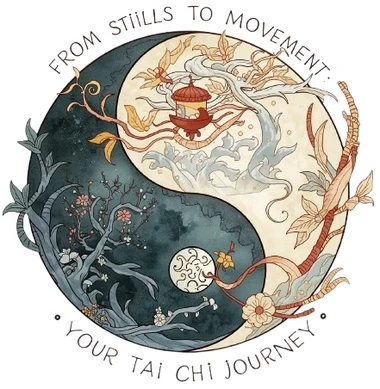Let's be honest. Have you ever felt stuck in your Tai Chi practice? You go through the motions, but it feels… wooden. You’ve heard you’re supposed to be "relaxed," but you end up either limp or stiff as a board. This is the classic trap of not understanding Song and Jin—the vital dance between relaxation and firmness.
The solution isn't more complicated forms. It’s a centuries-old, simple framework: The Five Character Formula (心静, 身灵, 气敛, 劲整, 神聚).
In a Nutshell: True Tai Chi skill comes from mastering five principles: a Calm Mind, an Agile Body, Condensed Energy, Whole-Body Power, and a Focused Spirit. This isn't just philosophy; it's a practical system to dissolve stiffness, avoid being "double-weighted," and move with effortless power.
Let's break down how you can practice them today.

What Does It Really Mean to "Calm Your Heart-Mind" (心静)?
Forget forcing tranquility. Calmness in Tai Chi is an active verb. It’s not about emptying your mind; it's about focusing it single-pointedly on your movement. When your mind is chattering—"Am I doing this right? What's for lunch?"—your body instinctively tenses up.
This is the root of "double-heaviness," where you oppose force with force.
Why It Matters: A quiet mind is the foundation of "Song" (relaxation). A cluttered mind forces your body into "Jin" (stiffness).
How to Practice It, Right Now:
- Follow the Roadmap: As you move, don't think about your hands or feet. Instead, trace the entire path of the movement in your mind's eye. Where does the arc begin and end?
- The "Yield" Drill: Have a partner push gently on your arm. Your job is not to resist. Instead, use your mind to guide your body to yield, rotate, and let the push "slide" past you. The goal is "no sticking, no resisting."
Your Calm Mind Checklist:
- Focus: Is your attention on the movement's trajectory?
- Yield: Can you receive a push without pushing back?
- Breathe: Is your breath tight in your chest, or is it easy and natural?

How Do You Make Your Body "Agile" (身灵) and Light?
Think "agile," not "floppy." This is where lightness meets intention. An agile body moves like a wheel: the rim (your limbs) is light, but the hub (your core) is stable and engaged. This is the perfect balance of Song and Jin—your joints are loose and free (Song), while your waist and abdomen provide firm support (Jin).
Why It Matters: Agility prevents you from being a pushover. It lets you transform an incoming force instead of collapsing under it.
How to Practice It, Right Now:
- Lead from the Waist: Initiate every movement from your waist. Feel your arms and legs being pulled along by your core, like a marionette controlled from the center.
- The "Slow-Mo" Weight Shift: In every stance, practice shifting your weight so slowly that you can feel the exact moment one leg becomes "empty" (insubstantial) and the other becomes "full" (substantial). There should be zero wobble.
Pro Tip: Imagine your body is spinning a silk cocoon—your movements are continuous, smooth, and contain a hidden, resilient strength.
Can You Really "Condense" Your Energy (气敛)?
This isn't mystical fluff. "Condensing your energy" is about breath control and structural integrity. It’s the art of gathering your power instead of letting it leak out. You "Song" (relax) your chest and belly to breathe deeply, but you "Jin" (firmly engage) your spine to channel that power.
Why It Matters: This is the engine for your self-defense applications. It turns a simple push into a penetrating force.
How to Practice It, Right Now:
- Master Dantian Breathing: On the inhale, feel your breath sink to your lower abdomen, gathering energy. On the exhale, feel that energy travel up your spine and out through your limbs. Your body expands and contracts like a bellows.
- Practice the "Gather and Release": In Push Hands, inhale as you yield and "listen" to your partner's force (gathering). Exhale as you redirect and issue power (releasing).

What is "Whole-Body Power" (劲整) and How Do You Get It?
Stop using your arms. Seriously. The power for a Tai Chi push doesn't come from your shoulders; it starts from the ground. Your legs push, your waist turns, and the force is delivered through your relaxed arm. This is "Jin"—a connected, wave-like power.
Why It Matters: This is the famous "4 ounces deflecting 1,000 pounds." It’s the ultimate application of Song (soft limbs) and Jin (firm core) to overcome brute strength.
How to Practice It, Right Now:
- The "Whip" Analogy: Your body is a whip. The handle is your feet and legs, the shaft is your waist, and the tip is your hand. To crack the whip, you don't flick the tip; you move the handle. Practice movements with this image.
- Slow. It. Down.: Slow practice is non-negotiable. It’s the only way to check if all your body parts are moving in a synchronized, connected way. Speed covers up disconnection.
How Do You "Gather Your Spirit" (神聚) and Stay Consistent?
This is the final piece. Spirit is your focused presence. It’s the glue that binds the other four principles. And it only comes from one thing: Perseverance.
Why It Matters: Without consistent practice, the first four principles remain theoretical. Gathering your spirit is what makes Tai Chi a moving meditation, not just a slow-motion workout.
How to Practice It, Right Now:
- Schedule Your Practice, Don't "Find Time": Commit to 15 minutes a day, every day. This consistency builds "muscle memory" in your nervous system until the principles become automatic.
- Set a Micro-Goal: Don't just "do the form." Today, practice only focusing on moving from your waist. Tomorrow, focus only on your breath. Small wins build unstoppable momentum.
Your Path from Stiff to Fluid
The magic of Tai Chi isn't hidden in a secret form. It's encoded in these five principles. The journey from stiffness to flow is the journey of mastering the balance between Song and Jin:
- Use a Calm Mind to avoid mental rigidity.
- Use an Agile Body to avoid physical heaviness.
- Use Condensed Energy to fuel your movements.
- Use Whole-Body Power to apply your skill.
- Use a Focused Spirit to make it all stick.
Stop practicing just the choreography. Start practicing the principles. The difference isn't subtle—it's the difference between moving through air and moving through water, between being a collection of parts and becoming a unified, powerful whole.
FAQ
What is the difference between being "relaxed" (Song) and just being limp in Tai Chi?
This is a crucial distinction! True relaxation (Song) is an active, alert state, like a cat ready to pounce. Your muscles are supple and free of unnecessary tension, but your body structure is supported and ready for action. Being limp is a collapse of structure—there's no energy or intention. The key is maintaining a firm core (Jin in the torso) while keeping the limbs soft and responsive (Song).
What does "double-weighted" mean and how do I avoid it?
Being "double-weighted" is a common beginner mistake where your weight is stuck 50/50 between both feet, or you use two parts of your body to push against force simultaneously. It creates rigidity and makes you easy to push over. To avoid it, constantly practice distinguishing substantial (full) and insubstantial (empty). In every posture, consciously shift your weight so one leg carries most of it (70/30 or 80/20), allowing the other leg to be free and agile for stepping or kicking.
How can slow practice possibly help with self-defense applications?
Slow practice is where you build the neural pathways for whole-body power. By moving slowly, you have the time to check that your power is initiating from the ground, turning through the waist, and being expressed through the limbs. Speed often just means you're using arm and shoulder strength. When you can generate power correctly in slow motion, accelerating it becomes effortless and far more powerful than muscle-alone force. It trains you to issue Fa Jin (explosive power) from a state of relaxation.
I've heard about "using 4 ounces to deflect 1,000 pounds." Is this real?
Yes, but it's a physics principle, not magic. It refers to the skill of Whole-Body Power (Jin Zheng) and precise timing. You don't meet the opponent's brute force (1,000 pounds) head-on. Instead, you use a small amount of your own well-structured force (4 ounces) to subtly redirect their attack at the right angle and moment, using their momentum against them. This is only possible if you are relaxed (Song) enough to "listen" to their force and connected (Jin) enough to redirect it.
What is the most important thing for a Tai Chi beginner to focus on?
Without a doubt, focus on slowness and a calm mind. Before you can be agile, powerful, or coordinated, you must first learn to quiet your internal chatter and move with conscious control. Rushing will only ingrain bad habits and tension. Use slow practice to explore the movements and use mindful intent to lead your body, not muscle force. Consistency with these two fundamentals is more valuable than any advanced technique at this stage.
How long does it take to feel the "internal energy" or Qi in Tai Chi?
This varies for everyone, but you can start feeling tangible effects almost immediately. Don't get caught up in the mystical idea of "Qi." Initially, focus on the physical sensations that are its foundation: the feeling of warmth and heaviness from deep Dantian breathing, the tingling in your hands from improved circulation, and the sense of connected power when you move from your center. These are the first, real-world signs of your internal energy (Qi) developing. The key is perseverance—these sensations grow stronger and clearer with consistent practice over weeks and months.
